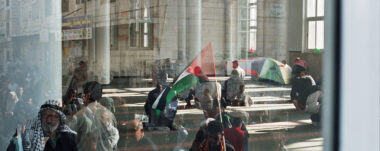Churches In Costa Rica: Why Are They Facing West?
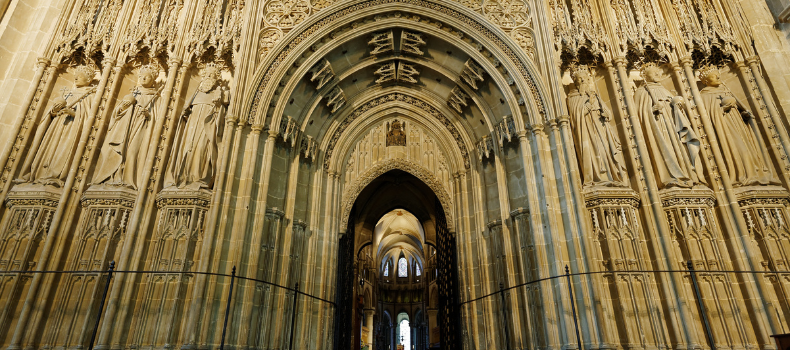
Explore the orientation of Costa Rican churches and their symbolism, from ancient traditions to modern practices.
Orientation In Religious Architecture
Since time immemorial, religious buildings have been precisely oriented. This tradition can be observed from Egyptian and Mexican pyramids to Hindu and Chinese temples. The Roman architect Vitruvius explained that the construction of a temple began with its proper placement and orientation. This principle has been maintained in religious architecture throughout the centuries.
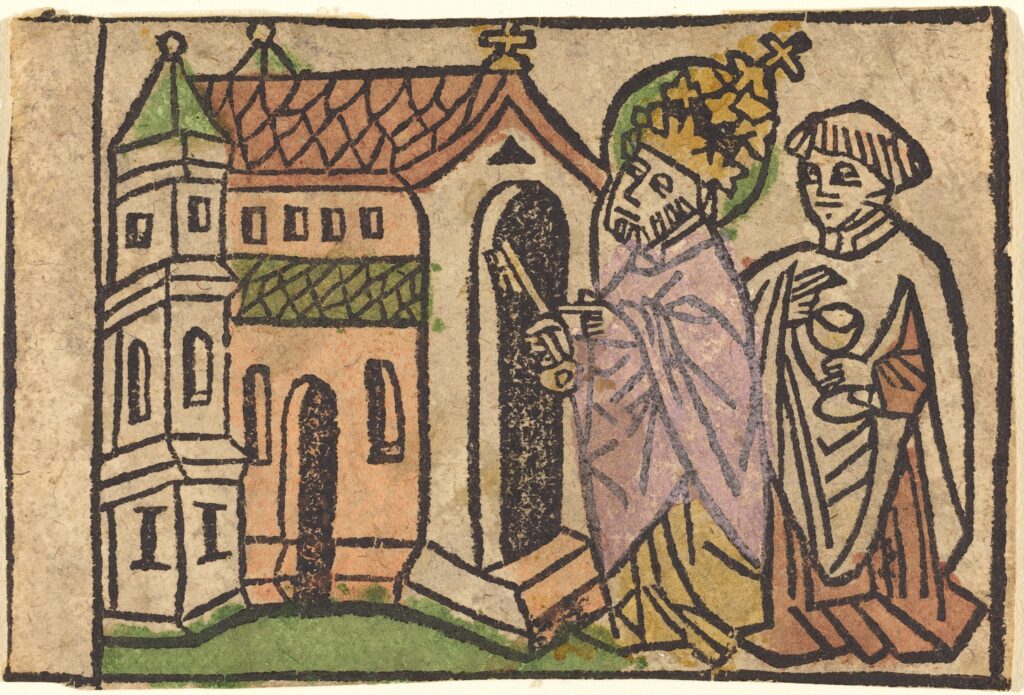
In Catholic churches, the orientation follows the axis from east to west. The presbytery faces east, while the portico opens to the west. This design allows the sun’s rays to enter the temple at dawn, creating a profound symbolism during prayers and ceremonies. Roman temples and Catholic churches adopted this layout, with the priest facing east and the faithful facing west.
In ancient Egypt, the first religious structures had the entrance facing east. Eventually, at the time of Augustus, the doors were placed towards the west so that the faithful would face east during ceremonies. This practice is also observed in the dolmen rows, where the bodies rest in an east-west direction, with the head facing west.
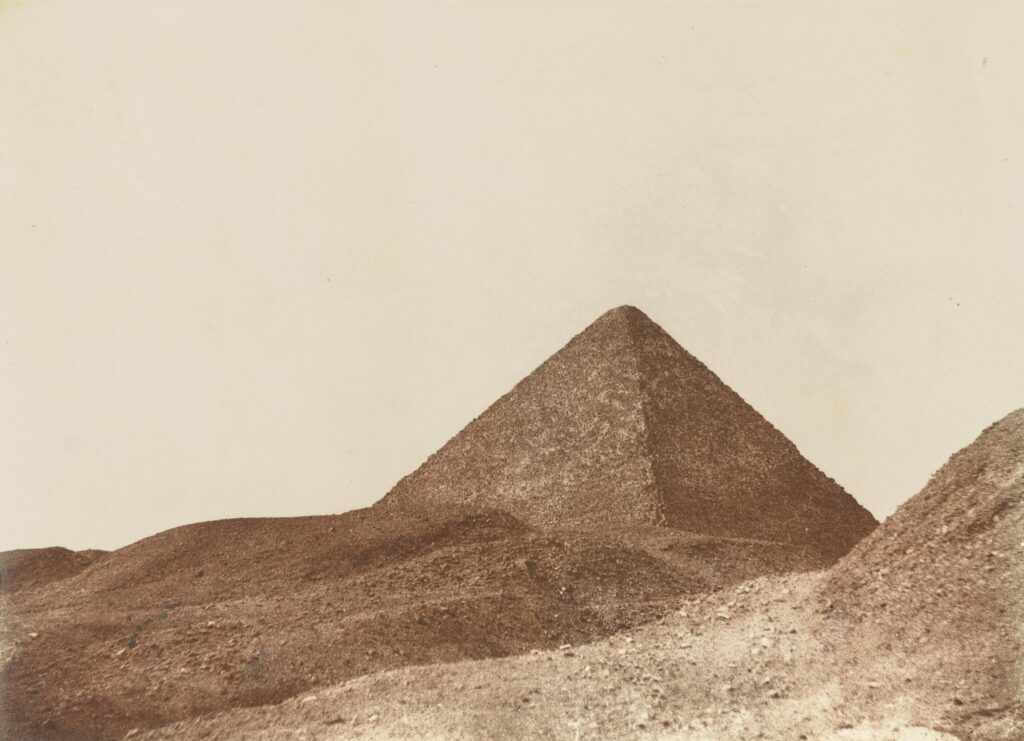
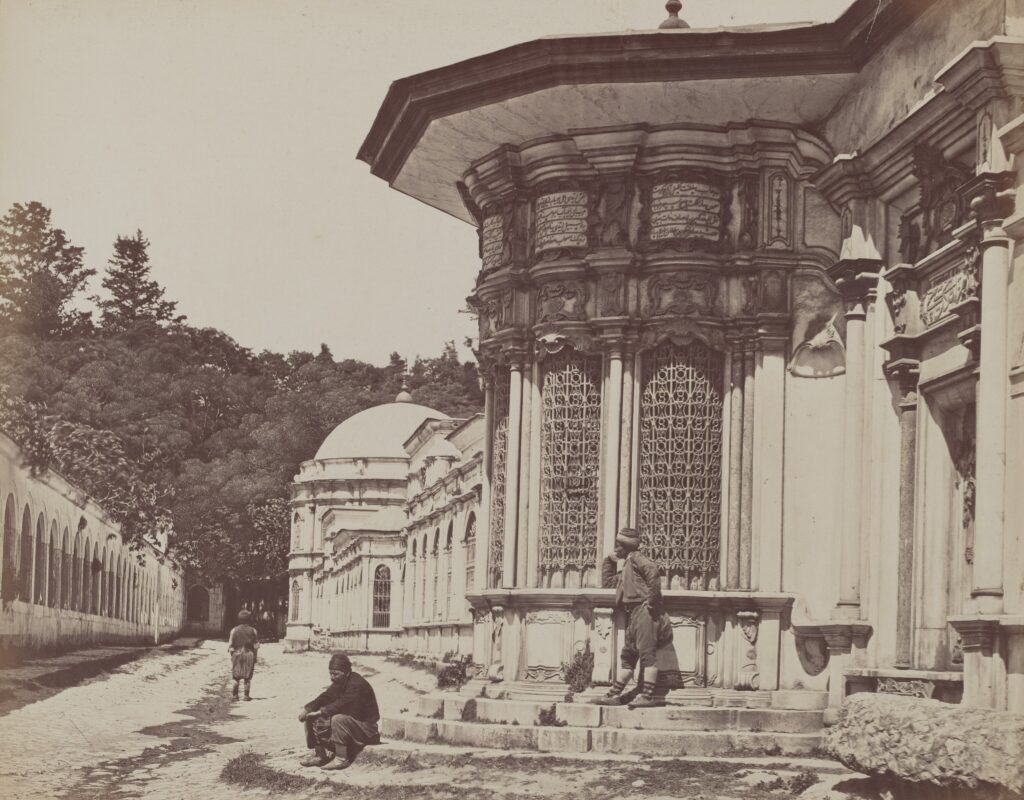
The Symbolism of the Sun And Its Relationship With Christ
All ancient churches open towards the west, while the chancel is oriented towards the point where the sun rises on a specific day of the year, such as the equinoxes or the anniversary of the saint to whom the sanctuary is dedicated. The Catholic Church has maintained this principle of orientation, reflecting the Christian symbolism of facing east, where the sun that represents Christ rises.
The Code of Canon Law states that in the construction and repair of churches, the principles and norms of liturgy and sacred art must be observed. This includes the orientation of the apse and presbytery towards the east, with the main door opening towards the west. This tradition symbolizes the Christian belief in Christ as the “Sun of Righteousness” who illuminates and gives life.
More…
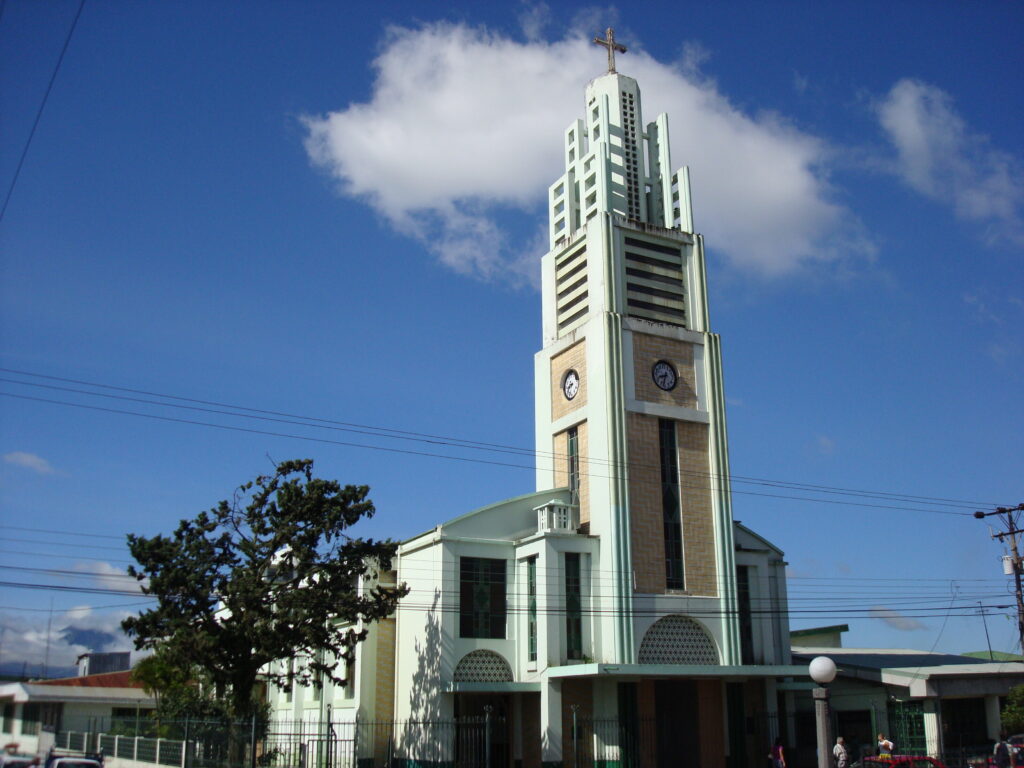
An additional story suggests that the Europeans designed the churches in this way to facilitate the evangelization of the indigenous people in Latin America. By letting the sun illuminate the temple, the colonizers intended to symbolize the light and purification offered by Christianity. This strategy was used to introduce the idea of Jesus as the only God worthy of worship.
In Costa Rica, the most churches are oriented towards the west, with some notable exceptions such as the church of Los Angeles in Heredia Centro. This orientation follows ancestral tradition and reflects Christian symbolism, reminding the faithful of the hope and resurrection symbolized by the rising sun.
Sensorial Sunsets



